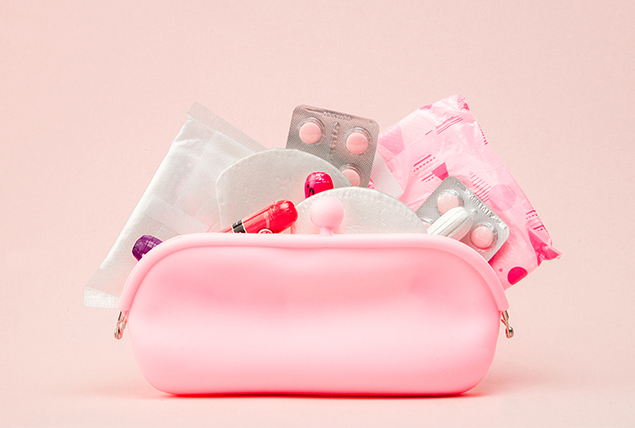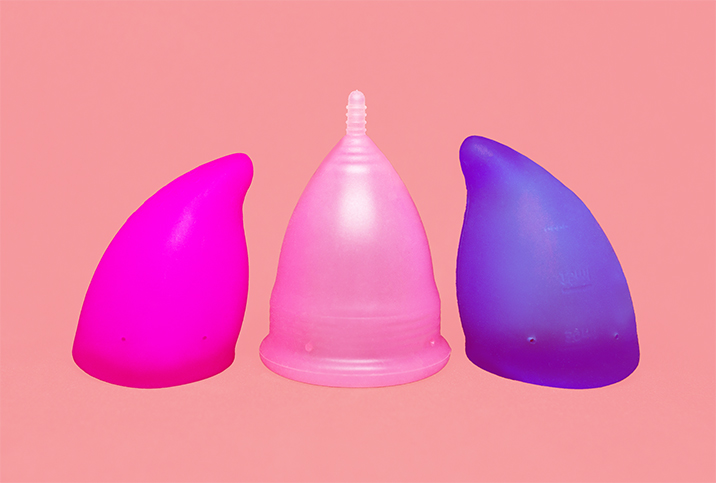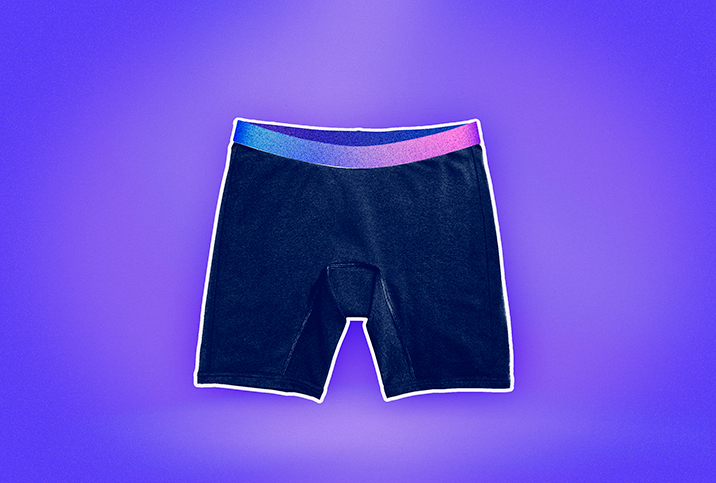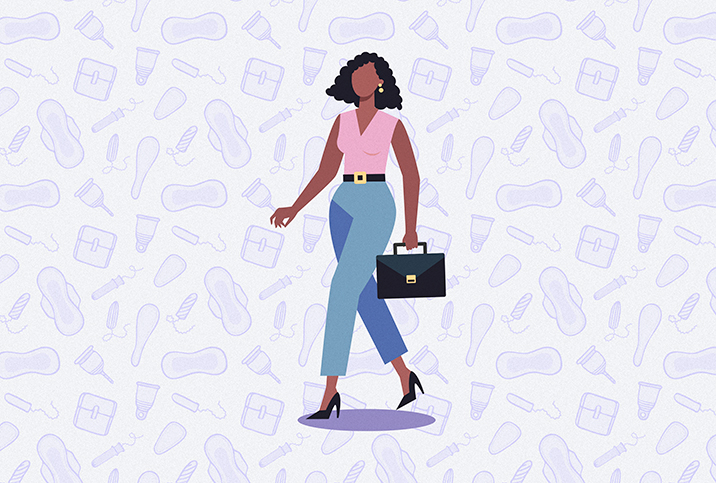Why Are Gender-Inclusive Menstruation Products Important?

Not all women have menses, and not all people who menstruate are women. For everyone who does, menstruation products are deeply personal.
Period care products should be inclusive for all genders because menstruating isn't solely a female function.
What's the problem with period products targeting women?
Period products have never been one-size-fits-all, regardless of gender. People who menstruate find different products to be most accommodating for them while menstruating. Some prefer sustainable period products such as period underwear and menstrual cups and discs, while others choose traditional period products including pads and tampons.
Sanitary products for periods don't need pink and floral packaging.
Cisgender women aren't the only people who use period products. When menstruation products target women, they often exclude transgender men and people who identify as nonbinary, gender fluid, genderqueer, bigender, agender or gender nonconforming.
What does testosterone have to do with menstruation?
Cisgender women sometimes use hormone replacement therapy (HRT) with premature menopause due to surgery for ovarian or uterine cancer. People transitioning use HRT, too. Those taking masculinizing hormone therapy, testosterone or T, will stop menstruating, according to Mayo Clinic.
"Testosterone impacts the balance of sex hormones and blocks ovulation," said Katerina Shkodzik, M.D., a Minsk, Belarus-based OB-GYN and a medical advisor at reproductive health platform Mira. "If ovulation doesn't happen, the decreasing levels of sex hormones essential for regulating the menstrual cycle will consequently lead to cessation of menstruation."
How long it takes for a period to stop may vary. Chala June, a transmasculine journalist in Brooklyn, New York, began taking HRT to transition medically and stop their period.
"My period had always been irregular, and after a month on testosterone, my cycle stopped," he said.
It may take six to 12 months for menstruation to stop, Shkodzik said, adding that age, genetics and health conditions influence how the body reacts to testosterone.
Not everyone with a uterus who doesn't identify as a ciswoman takes testosterone.
"For various reasons such as being a minor, not having access to healthcare or not being in a safe environment to transition, some people are unable to begin hormones or get medical support in stopping menstruation," said Eli Lawliet, Ph.D., the trans founder of The Gender Doula in Los Angeles. "Gender-inclusive period products may lessen this distress for folks who can't access medical interventions or who plan to conceive."
How are gender dysphoria and menstruation connected?
"I hated having my period," said NiK Kacy, a trans footwear company owner in Los Angeles. "It was a constant reminder that I was born in the wrong body."
The female-centered menstruation care industry causes some folks to experience gender dysphoria—psychological stress people feel when their assigned gender doesn't match their gender identity.
About 73 percent of transgender women and 78 percent of transgender men first experience gender dysphoria by age 7, according to participants in a 2020 study.
"Some nonbinary people may feel dysphoric around menstruation due to the way that it tends to be highly gendered, and others may feel dysphoric because of the lack of agency over their body," Lawliet said. "It can feel as though your body is punishing you."
June experienced gender dysphoria around menstruation.
"Getting my period was a reminder that there was this impossible expectation placed on my body by society to birth a child," June said. "On my absolute worst days, I experienced suicidal ideation because of my menstrual cycle and the lack of control I felt over my body. For some trans folks, menstruation can truly be a life-or-death scenario."
About 95 percent of trans and nonbinary teens suffer from gender dysphoria related to menses, a 2020 study suggested.
"Tending to a part of your body that doesn't align with your gender identity can be very distressing and cause an increase in anxiety, depression, and suicidality among trans and nonbinary menstruators," said Jessica Zager, a pelvic health physical therapist and AASECT-certified sexuality counselor in Boston.
Why is cisgendering menstruation harmful?
A majority of period care items are marketed as feminine products with whimsical, girly product packaging adorned in pink shades, female models or female-centric art on product the packaging.
Cultural norms concerning menstruation play into the cisgendering of menstruation with terms such as Aunt Flo, lady times, ladies' week and girl flu. Trans and nonbinary participants prefer gender-neutral language when discussing menstruation, a 2021 report found.
"It was incredibly triggering to buy 'feminine' hygiene products," Kacy said. "People would stare at me because I looked so masculine."
"Dysphoria associated with menstruation can be distressing, especially when having to purchase a highly gendered product," Lawliet said.
What are examples of helpful gender-inclusive menstruation products for people who have periods?
People who feel excluded when buying menstrual products can experience gender dysphoria. Gender-inclusive period products may help reduce gender dysphoria for some nonbinary individuals who menstruate.
For instance, some nonbinary people may prefer period boxers during their menstruation. Period boxers typically absorb more than disposable tampons. However, period boxers don't automatically relieve gender dysphoria.
"Gender-affirming period underwear like boxers and briefs can be helpful for transmasculine folks who get their cycles," said June, who preferred to use a period cup. "Only having to empty it twice a day and not seeing blood in my underwear mitigated some of my menstrual dysphoria.
"The reusable nature of the cup kept me out of the period aisle at the store, and there was no awkward tampon or pad wrapper crinkle to deal with while using the men's bathroom."
The bottom line
Sanitary products for periods don't need pink and floral packaging. Menstruators come in all genders.
Having access to and using products that acknowledge this should be the bare minimum, especially if it helps to reduce the distress many trans and nonbinary folks experience during menstruation, Zager said.



















Commentary